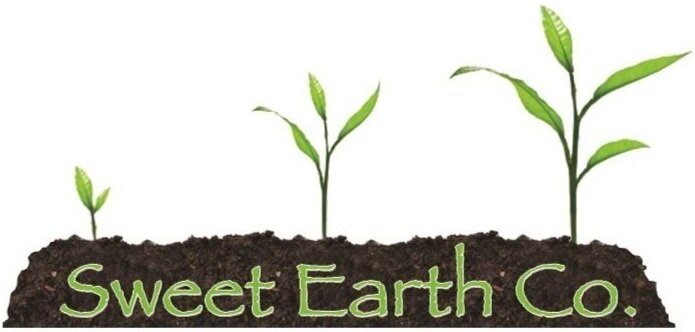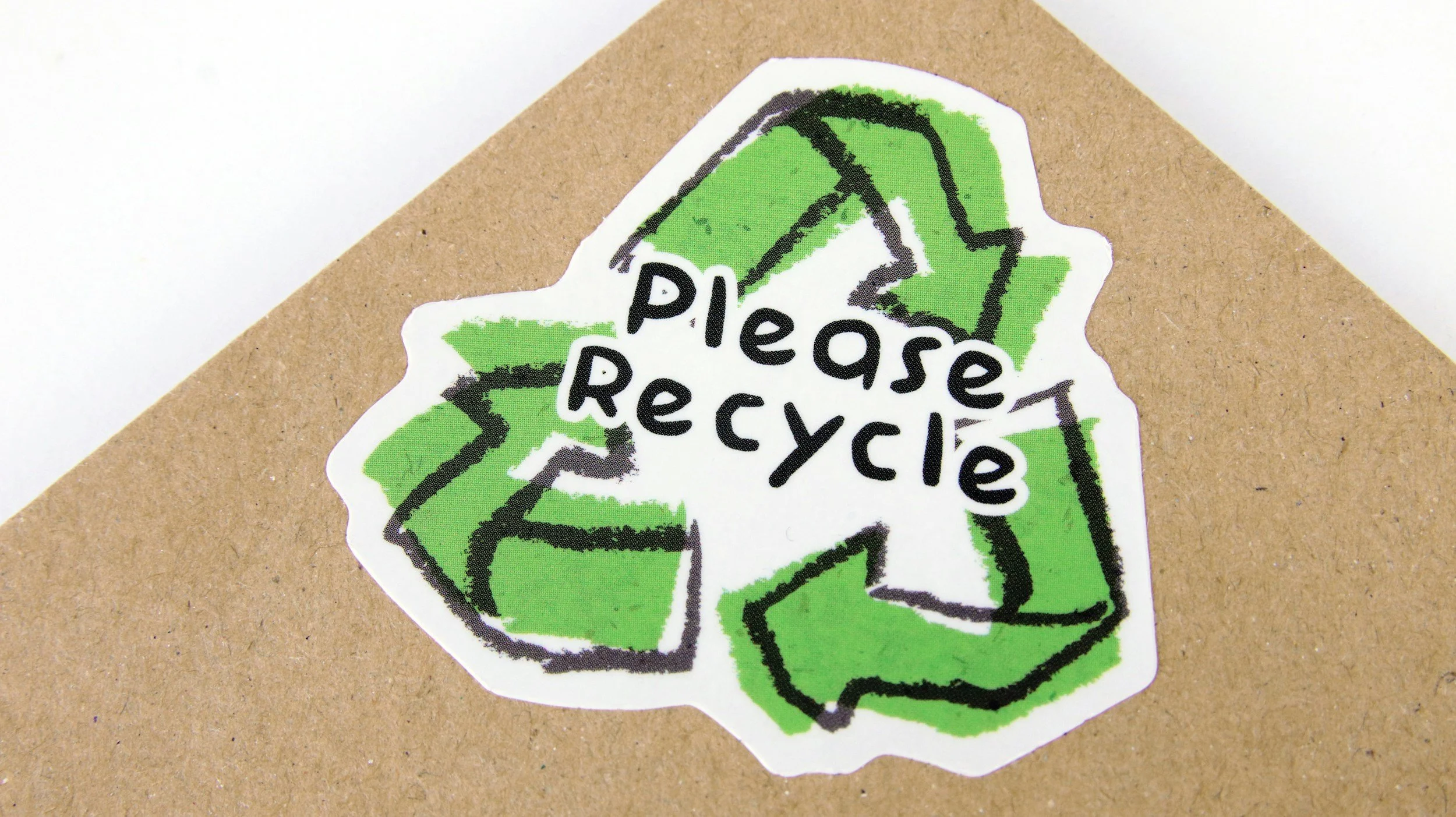5 Ways Eco-Conscious Florists are Changing the Game
Eco-Friendly, Green, Ethical, or Sustainable Floristry — Eco-Conscious Floristry is a commitment made by designers to do as little harm to the environment as possible by using mindful sourcing, agricultural, and creative practices.
While often considered natural and earth-friendly, the sale of flowers and the art of floristry in current commercial floristry practices are no better for the environment than most large manufacturing operations. Some of the reasons for this include: the huge carbon footprint created by large-scale farms, use of pesticides, the manufacture of single-use floral mechanics, and transportation needed to bring regionally out-of-season flowers to consumers.
As consumer consciousness regarding the food supply chain has shifted over the past few decades, it’s taken a little longer for everyone to catch up to the realities of grocery store blooms and national floristry chains.
Time to shed some light on the truth about the cut flower industry — and the top five ways that local, seasonal, and ethical florists are helping to change the floral world. 1. Sourcing (North) American Grown Flowers
Truth: Nearly 80% of flowers sold in the US are imported. The majority come from Latin and South America, where they are covered in chemicals in order to pass through Customs without disease, bug, or blemish. Flowers are not considered consumables, so there is no limit to the amount pesticides sprayed on cut flower imports.
Not only is pesticide use terrible for our environment (poisoning soil, killing bees and other pollinators), but continued exposure to pesticides can cause major health issues for florists.
Change: Thankfully, the USDA has reported a 16% increase in cut flower and cut florist green farms over the past 5 years. That means more organic, local flowers for florists in the US. Sourcing American grown flowers cuts back on jet fuel, pesticide use, and minimizes packaging trash. Eco-conscious florists often utilize Slow Flowers, ASCFG’s Local Flowers, and certified American Grown Flowers directories in order to reduce their environmental impact.
2. Recognizing & Respecting the Seasons
Truth: Florists often feel pushed into a corner when trying to fulfill customer requests for their favorite flowers, whether they are currently growing anywhere in the country or not. A prime example is when a March or November bride insists on peonies. The only way to satisfy this request will be through an imported, carbon-footprint-heavy, wholesale delivery.
Change: Making a commitment to source local, seasonal flowers and educating consumers about what they can expect during each time of year, florists can capture the spirit of the seasons and foster a connection to nature.
Sourcing regionally not only lowers the carbon footprint, but increases the freshness and longevity of blooms used in an arrangement. The variety available to florists can also increase when they stick to regional seasonal blooms as certain flowers don’t ship well. (Here’s looking at you: dicentra, cosmos, & dinnerplate dahlias.)
Seasonal recognition doesn’t mean a flowerless winter. In addition to designing with cold-hardy crops, dried flowers, and foraged elements, florists who utilize domestic flower directories have access to farms who extend their production with low tunnels and greenhouses. Where there’s a will, there’s a way!
3. Going “Foam-Free”
Truth: Traditionally used to anchor stems and provide moisture to cut flowers, Oasis foam blocks are absolutely terrible for the environment. Not only are the green phenol-formaldehyde blocks a single-use plastic — they are non-biodegradable and contain known carcinogens.
Change: Florists are getting creative with ways to combat the use of floral foam in their designs. Taking lessons from history, the modern sustainable florist is turning to wire, moss, twigs, and pebbles for their design mechanics.
A rolled up a ball of chicken wire at the bottom of a vessel does a fine job of supporting stems, and has the ability to be used time and time again. The same goes for pin frogs and flower tubes.
When it comes to larger installations, moss and wire are combined to create a sturdy, bendable bases for adornment. Water sources are easily hidden within these installations, eliminating the need for floral foam. Additionally, mindful florists choose to use stems that can stand up to the weather and limited water availability.
4. Reducing & Reusing
Truth:Beyond floral foam, there are many plastic elements associated with common floral practices — from clear plastic bouquet wraps, to card holders, zip ties, and polyester ribbons created in far-away factories. Additionally, each time a new vessels are ordered, they arrive with tons of packing material, not to mention the fuel used to ship.
Change:Green florists have adopted kraft paper as the most common bouquet wrap, with natural fiber ties and ribbon of cotton, hemp, linen, silk, jute, burlap, or raffia for great synthetic alternatives — especially when sourced from local vendors.
In an effort to reuse as much as possible, many florists will happily accept returned vessels, or create arrangements in vessels from a client’s own personal collection. For larger events, vessels (along with candles and candleholders) are often rented out, creating less “stuff” (that requires manufacturing, packaging, and shipping). When boxes and packaging do make their way into the floral studio, they are later used to deliver vase arrangements, and transport flowers to events.
Wedding and event florists sometimes make a point of donating leftover flowers as a way to not only show kindness through flowers, but to and get a little more use of the blooms before they head to the compost pile.
5. Composting Organic Waste
Truth:Imported, dyed, and some preserved flowers are less than stellar additions to the compost pile. This is a direct result of the pesticides, chemicals dyes, and/or synthetic coatings used in preservation. Additionally for years, no one really thought twice about simply tossing arrangements in the trash once they’d faded, or even if they hadn’t (following weddings and special events).
Change:Florists choosing to design with natural, easily compostable and biodegradable flowers is an excellent way to lower the carbon footprint, along with adding to the natural cycle of the compost pile — directly feeding flowers to come in the future.
Making simple, intentional changes like those noted above, while utilizing the Slow Flowers, American Grown Flowers, and Local Flowers movements is helping floral professionals care for Mother Nature. Floristry is an artform that extends a love for nature into our homes. It’s important that an eco-conscious stance is taken to maintain the very environment that produces the blooms we love!


